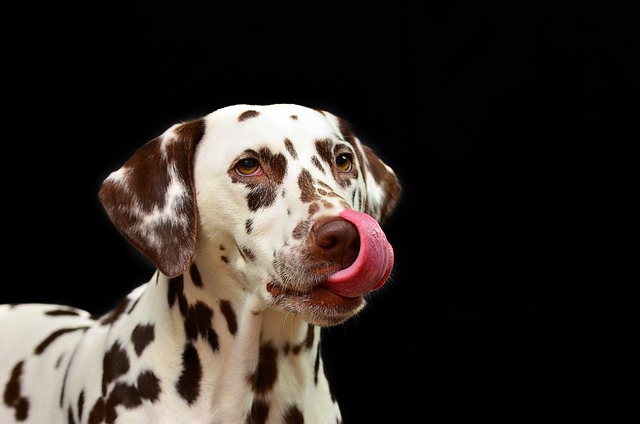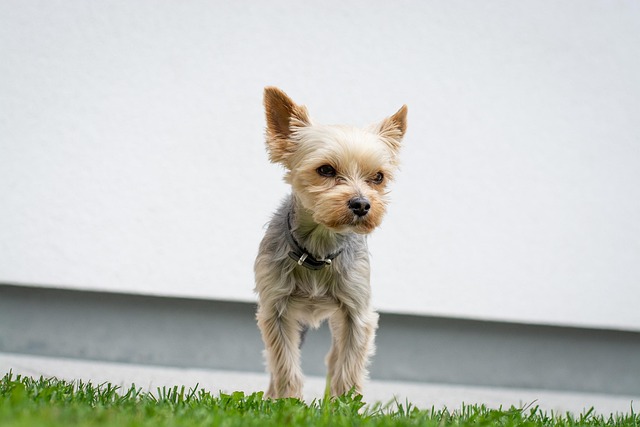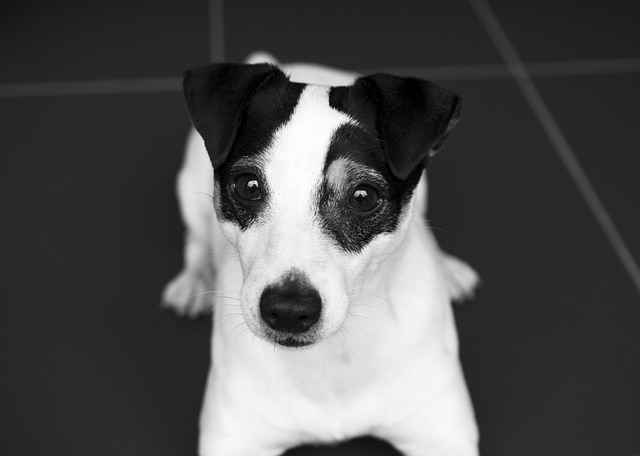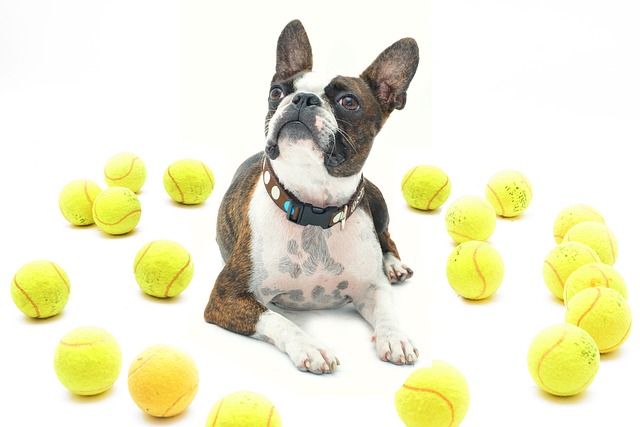When we notice patches of hair loss on our dog's body, with red skin, and even dandruff and scabs, a feeling of worry instantly wells up in our hearts. After being diagnosed by a veterinarian that it is a skin fungal infection, a big question lingers in our minds: How long does it take for a dog's skin fungal infection to heal? After all, seeing the dog scratching itself from time to time due to itching, that feeling of discomfort seems to be transferred to us as well. We wish it could get better immediately and become lively and energetic again.
A dog's skin fungal infection is mainly caused by fungi such as Microsporum canis and Microsporum gypseum. These fungi are extremely likely to multiply in a warm and humid environment, as if they have found their "happy hometown". If the place where the dog lives has poor ventilation, high air humidity, or if the dog's fur is not completely dried after a bath, it is simply providing excellent breeding conditions for the fungi. Some dogs have relatively weak resistance, such as young or old dogs, or dogs that are chronically malnourished or suffering from other chronic diseases. Their immune systems are unable to cope effectively when fighting against fungi, and they are thus more likely to be "targeted" by fungal infections. There are also some dogs that like to play in grasslands and forests, where a large number of fungi are hidden, and they may get infected accidentally.
Once a dog is diagnosed with a skin fungal infection, treatment cannot be delayed. The treatment process is like a "protracted war" against the fungi, and the time for recovery is affected by various factors. First of all, it depends on the severity of the condition. If the infection is detected early and there are only a few small, round patches of hair loss on the local skin with relatively mild symptoms, the treatment will be relatively easy, and the recovery time will be shorter. Obvious improvement may be seen in about 2 to 4 weeks. However, if it is detected late and the fungi have spread over a large area, with the dog's skin being affected in multiple parts of the body, severe hair loss, and even symptoms such as skin ulcers and exudation, the treatment cycle will be greatly extended, which may take 8 to 12 weeks or even longer.
 The choice of treatment method is also crucial. Currently, the commonly used methods for treating dog skin fungal infections include topical medications, oral medications, and medicated baths. Topical medications are generally antifungal ointments or sprays, which work well for mild infections. Applying them to the infected area of the dog on time every day can directly inhibit the growth of fungi. However, when applying, be gentle to avoid hurting the dog. Moreover, the dog may lick the applied medication, so protective measures should be taken. Oral antifungal medications can inhibit the reproduction of fungi from within the dog's body and are often a necessary choice for moderate to severe infections. However, these medications may have some side effects, such as certain damage to the liver. Therefore, during the medication period, it is necessary to regularly take the dog to the hospital for reexamination of the blood routine and liver and kidney functions, and adjust the dosage according to the examination results.
The choice of treatment method is also crucial. Currently, the commonly used methods for treating dog skin fungal infections include topical medications, oral medications, and medicated baths. Topical medications are generally antifungal ointments or sprays, which work well for mild infections. Applying them to the infected area of the dog on time every day can directly inhibit the growth of fungi. However, when applying, be gentle to avoid hurting the dog. Moreover, the dog may lick the applied medication, so protective measures should be taken. Oral antifungal medications can inhibit the reproduction of fungi from within the dog's body and are often a necessary choice for moderate to severe infections. However, these medications may have some side effects, such as certain damage to the liver. Therefore, during the medication period, it is necessary to regularly take the dog to the hospital for reexamination of the blood routine and liver and kidney functions, and adjust the dosage according to the examination results.
Medicated baths are also a commonly used method. Letting the dog soak its whole body in a medicated bath solution containing antifungal ingredients can thoroughly clean the skin and inhibit the growth of fungi. Generally, a medicated bath is carried out 1 to 2 times a week for a period of time, which can effectively relieve the symptoms. If these treatment methods are comprehensively used and reasonably combined according to the condition, it can accelerate the dog's recovery.
In addition to drug treatment, daily care also plays a crucial role in the recovery of a dog's skin fungal infection. Provide the dog with a dry and well-ventilated living environment, clean the doghouse frequently, and replace the cushions regularly to eliminate the "hotbed" for the fungi to survive. In terms of diet, provide the dog with nutritious and balanced food, and appropriately add nutritional supplements rich in vitamins, minerals, and fatty acids to enhance its resistance and help the body better fight against fungi. During the treatment period, spend more time with the dog. When it feels uncomfortable due to itching, gently stroke it to give comfort. Although dogs cannot speak, they can feel our care and love, and this emotional support also has a positive effect on its recovery.
There is no definite answer to how long it takes for a dog's skin fungal infection to heal. It depends on the condition, the treatment method, and our daily care. During this process, we should always maintain patience and confidence and accompany the dog through this difficult time with love. When we see the dog's hair gradually growing back, its skin returning to health, and it running around us full of vitality again, the joy and relief are beyond words. After all, dogs are an indispensable part of our family, and their health is our greatest happiness.

 The choice of treatment method is also crucial. Currently, the commonly used methods for treating dog skin fungal infections include topical medications, oral medications, and medicated baths. Topical medications are generally antifungal ointments or sprays, which work well for mild infections. Applying them to the infected area of the dog on time every day can directly inhibit the growth of fungi. However, when applying, be gentle to avoid hurting the dog. Moreover, the dog may lick the applied medication, so protective measures should be taken. Oral antifungal medications can inhibit the reproduction of fungi from within the dog's body and are often a necessary choice for moderate to severe infections. However, these medications may have some side effects, such as certain damage to the liver. Therefore, during the medication period, it is necessary to regularly take the dog to the hospital for reexamination of the blood routine and liver and kidney functions, and adjust the dosage according to the examination results.
The choice of treatment method is also crucial. Currently, the commonly used methods for treating dog skin fungal infections include topical medications, oral medications, and medicated baths. Topical medications are generally antifungal ointments or sprays, which work well for mild infections. Applying them to the infected area of the dog on time every day can directly inhibit the growth of fungi. However, when applying, be gentle to avoid hurting the dog. Moreover, the dog may lick the applied medication, so protective measures should be taken. Oral antifungal medications can inhibit the reproduction of fungi from within the dog's body and are often a necessary choice for moderate to severe infections. However, these medications may have some side effects, such as certain damage to the liver. Therefore, during the medication period, it is necessary to regularly take the dog to the hospital for reexamination of the blood routine and liver and kidney functions, and adjust the dosage according to the examination results.



